Technological Innovations
Technological innovations play a crucial role in shaping the Cancer Diagnostics Market. The advent of next-generation sequencing (NGS) and liquid biopsy technologies has revolutionized cancer detection and monitoring. These advancements enable more accurate and less invasive testing methods, which are increasingly favored by both healthcare providers and patients. For instance, NGS allows for comprehensive genomic profiling, facilitating personalized treatment plans tailored to individual patients. The market for NGS is projected to grow at a compound annual growth rate (CAGR) of over 20% in the coming years, reflecting the increasing reliance on advanced technologies in cancer diagnostics. Additionally, artificial intelligence (AI) is being integrated into diagnostic processes, enhancing the accuracy and efficiency of cancer detection. As these technologies continue to evolve, they are expected to drive significant growth within the Cancer Diagnostics Market.
Rising Incidence of Cancer
The increasing incidence of cancer worldwide is a primary driver for the Cancer Diagnostics Market. According to recent statistics, cancer cases are projected to rise significantly, with estimates suggesting that by 2040, the number of new cancer cases could reach 29.5 million annually. This alarming trend necessitates the development and implementation of advanced diagnostic tools to facilitate early detection and treatment. As healthcare systems strive to manage this growing burden, investments in cancer diagnostics are likely to surge. The demand for innovative diagnostic solutions, including imaging technologies and biomarker tests, is expected to expand, thereby propelling the Cancer Diagnostics Market forward. Furthermore, the rising prevalence of risk factors such as obesity and smoking may contribute to this upward trajectory, emphasizing the urgent need for effective diagnostic strategies.
Government Initiatives and Funding
Government initiatives and funding are pivotal in advancing the Cancer Diagnostics Market. Various countries are implementing policies aimed at improving cancer care and diagnostics, which often include substantial financial investments. For example, national cancer control programs are being established to enhance screening and early detection efforts. In the United States, the National Cancer Institute allocates billions of dollars annually for cancer research, which encompasses diagnostic innovations. Such funding not only supports the development of new diagnostic tools but also promotes collaboration between public and private sectors. As governments recognize the economic and social impact of cancer, the emphasis on improving diagnostic capabilities is likely to intensify, thereby fostering growth in the Cancer Diagnostics Market. This trend indicates a supportive environment for research and development, ultimately benefiting patients and healthcare systems alike.
Growing Demand for Early Detection
The growing demand for early detection of cancer is a significant driver of the Cancer Diagnostics Market. Early diagnosis is crucial for improving patient outcomes and survival rates, as it allows for timely intervention and treatment. As awareness of the importance of early detection increases, more individuals are seeking screening tests and diagnostic services. This trend is reflected in the rising sales of diagnostic tests, with the market for cancer screening expected to reach several billion dollars in the next few years. Furthermore, the increasing availability of at-home testing kits and non-invasive diagnostic options is likely to enhance accessibility, encouraging more people to participate in screening programs. As healthcare providers prioritize preventive care, the Cancer Diagnostics Market is poised for substantial growth, driven by the demand for innovative and effective early detection solutions.
Integration of Artificial Intelligence
The integration of artificial intelligence (AI) into cancer diagnostics is emerging as a transformative driver for the Cancer Diagnostics Market. AI technologies are being utilized to analyze complex data sets, improving the accuracy and speed of cancer detection. Machine learning algorithms can identify patterns in imaging data that may be missed by human eyes, leading to earlier and more precise diagnoses. The market for AI in healthcare is projected to grow significantly, with estimates suggesting it could reach over 36 billion dollars by 2025. This growth is indicative of the increasing reliance on AI-driven solutions in various medical fields, including oncology. As healthcare providers adopt these advanced technologies, the Cancer Diagnostics Market is likely to experience a surge in demand for AI-enhanced diagnostic tools, ultimately improving patient care and outcomes.


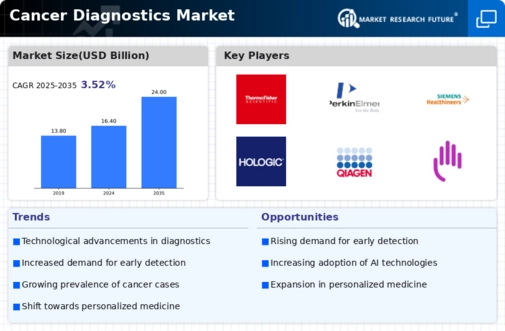
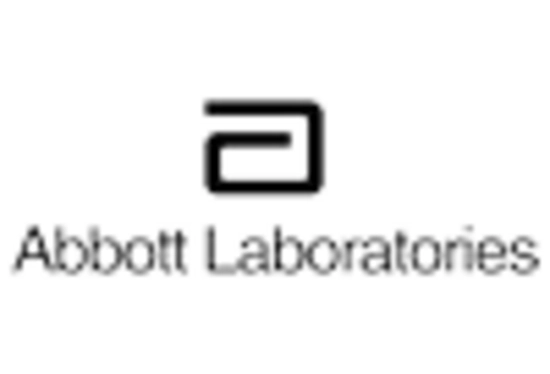
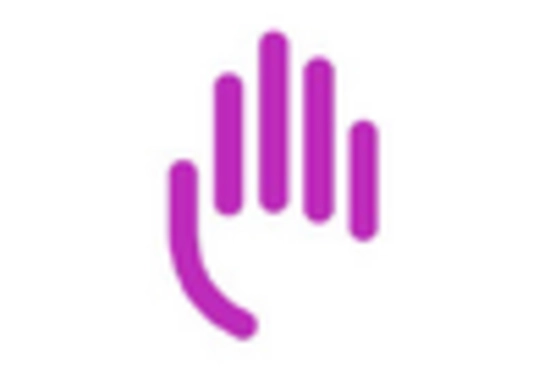
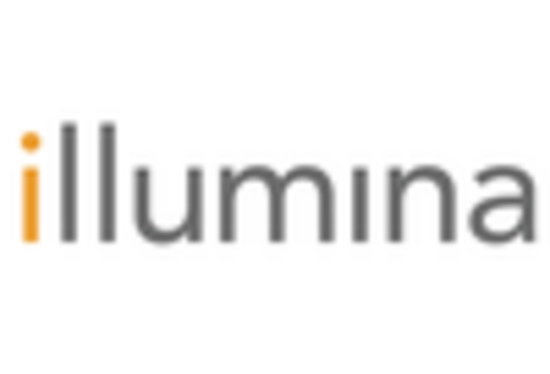
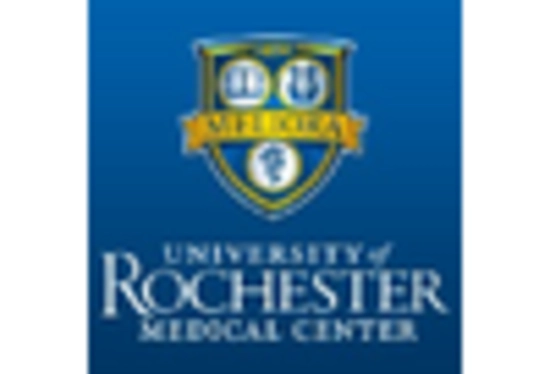
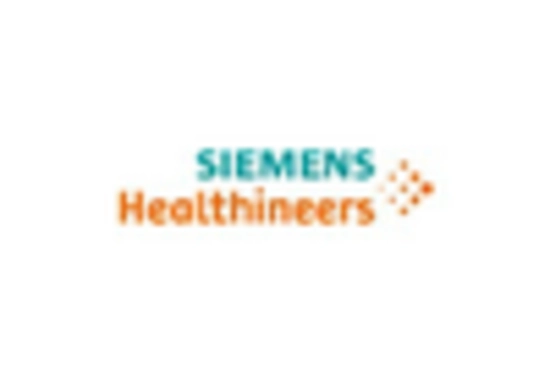
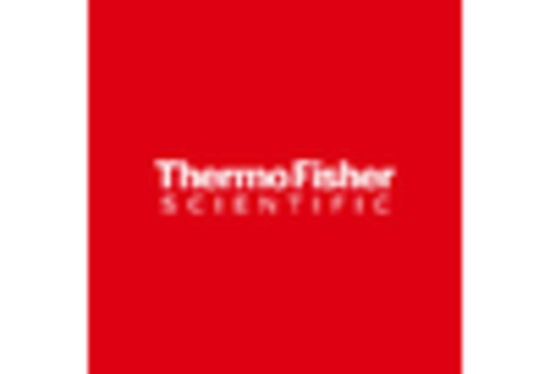








Leave a Comment